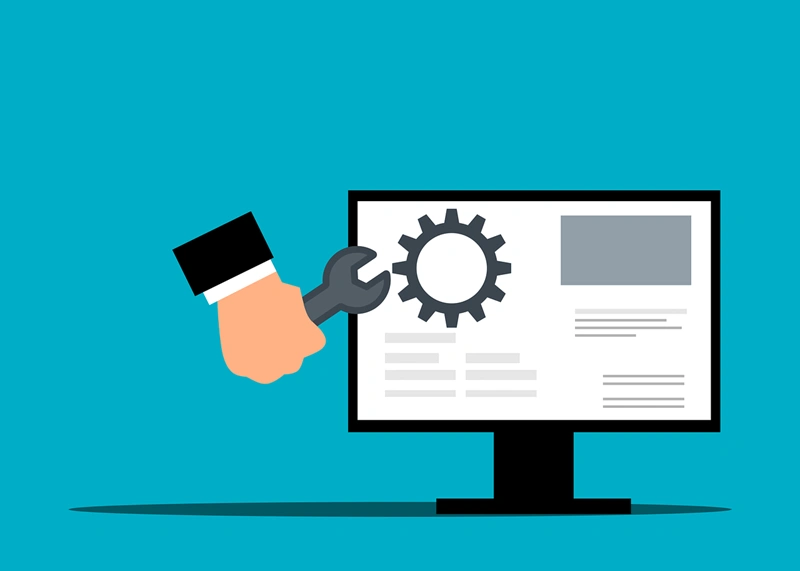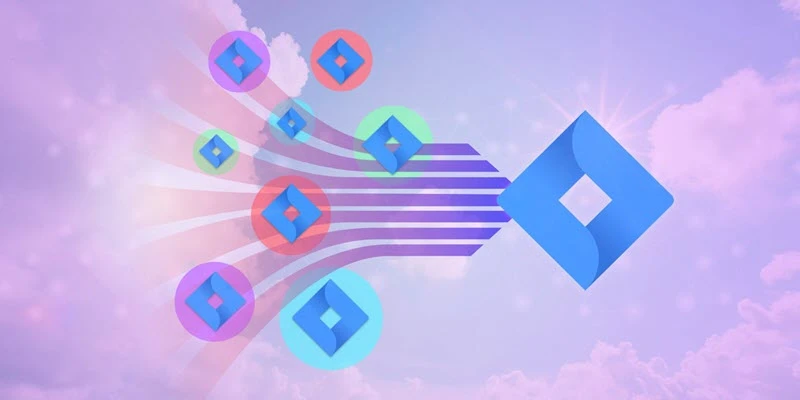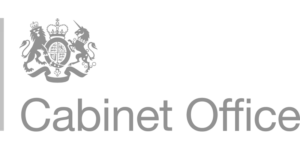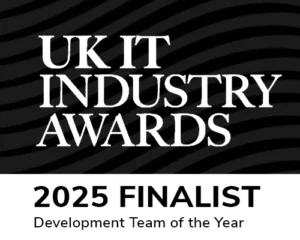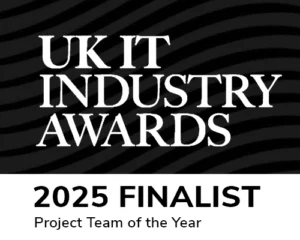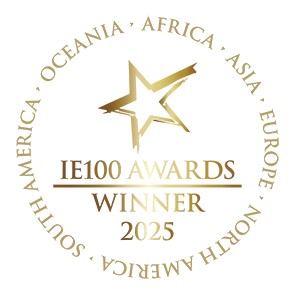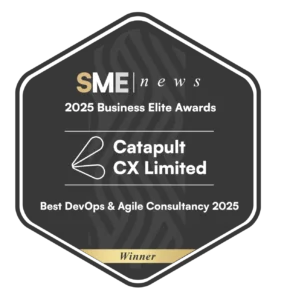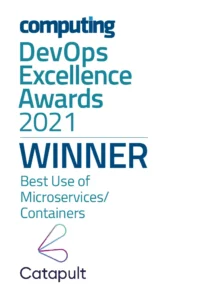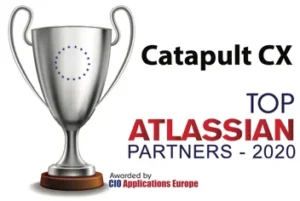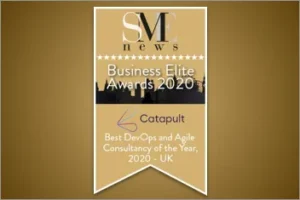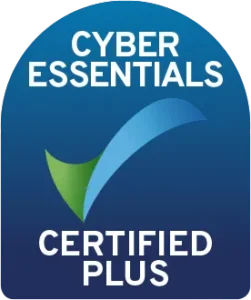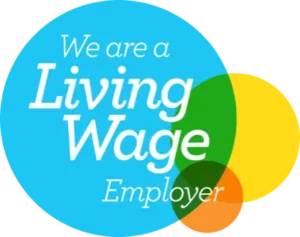Agile vs Waterfall is one of the most debated topics in software development and project management. Waterfall offers predictability and structure, while Agile emphasizes flexibility, iteration, and adaptability. But which one fits your unique project needs? In this article, we’ll compare Agile and Waterfall methods head-to-head, explore when to use each, and explain why Agile is becoming the go-to approach for modern, high-impact software delivery.
The key perceived strength of waterfall project management is the replicability of the process. However, very little attention is paid to whether the result is replicable. Here Alex Fishlock, CEO at DevOps consultancy Catapult CX, explains why agile is best when running software and service development projects.
What is Waterfall Project Management?
Waterfall is a linear project management approach where work is completed in sequential phases — requirements are gathered upfront, followed by design, development, testing, and deployment. It’s best suited for projects with fixed scopes and clearly defined outcomes.
Consider the example of a project initiation document in a waterfall project. The question of what content is in the document, and the quality of that content, is moot; providing the document is there, you can go ahead. The process is replicable, but the results could be anything.
However, from mass customisation in manufacturing to software development in telecoms, all of us are increasingly working on projects where the requirements for results are unusual. In DevOps and software development in particular, the agile mindset can deliver the most benefit for small teams, with loose governance, delivering high value projects.
So why do so many project managers run software development projects using the waterfall system? Especially when it is, frankly, much better suited for something like a traditional manufacturing line or physical retail installation.
For instance, in manufacturing, a project manager might run an improvement project on a line and then want to replicate that project on every other line in the factory. Meanwhile, in retail, a brilliant new fit out technique, tried and mastered in one store, might then be rolled out in thousands of stores globally.
What is Agile Project Management?
Agile is an iterative, flexible methodology that emphasizes collaboration, rapid delivery, and ongoing improvement. It breaks work into short cycles (sprints), allowing teams to adapt to changing requirements and deliver value continuously.
In contrast, the agile mindset is beneficial in providing quick decisions and the ability to respond rapidly to changing conditions. It brings software to market and the extent to which its process is replicable is unimportant.
In most of the projects we implement on behalf of organisations developing software, we use Agile principles, and scrum, Kanban or even extreme programming. However, I often see people attempting to create a hybrid of waterfall and agile approaches, which normally results in a system that combines the weaknesses of both.
Agile vs Waterfall: A Side-by-Side Comparison
| Feature | Agile | Waterfall |
|---|---|---|
| Project Type Suitability | Unique, evolving projects | Predictable, repeatable projects |
| Flexibility | High | Low |
| Customer Involvement | Continuous | Mostly at beginning/end |
| Documentation | Lightweight, adaptive | Heavy, detailed upfront |
| Delivery Style | Iterative, incremental | Single-phase |
| Risk Handling | Adaptive and ongoing | Front-loaded risk planning |
| Success Rate (Standish) | Higher (11% failure) | Lower (28% failure) |
How Agile and Waterfall Differ in Reporting and Measurement
Reporting is a good example of where a mixed approach to project management can come unstuck. A waterfall style project uses regular and formal reporting, at clearly defined steps. An agile approach involves regular stand ups in which each participant develops an understanding of the process, achievements to date and objectives. It would probably include a scrum board, often built in Jiva, or a Kanban board, to minimise bottlenecks.
One of the core problems with waterfall is that managers like to keep track of people and the time people spend on a project, but in agile the focus is on the problem and the value of the problem.
In agile, you might use storypoints as a unit of measurement to determine how much effort is required to complete a piece of work. This allows a team to focus on how much value the story is delivering, and how much value you are delivering in each sprint. It addresses the reality and importance of a result, rather than how many man days are required for the project and how much it ‘over ran’.
However, if you attempt to use an agile approach, with scrum boards, and produce time-based estimates expressed in a Gant chart, for instance, you mix methods, and cease to be agile, creating confusion.
Agile teams do report, but they report on the things that the board actually cares about – the effectiveness of the project and its deliverability. They use data from the project to improve the project itself, rather than justify the amount of time spent on it. This removes the need for anyone outside the team to be concerned with the minutiae of the tasks and instead focusses on the delivery and effectiveness.
The danger is that you end up with a horrible and ineffective mix of the worst features of every methodology – a kind of #ScrummyAgileWaterBan that fails to deliver anything for anyone.
Instead, a better way would be to embrace Agile principles and engage senior leadership and management in stand-up meetings and scrum ceremonies, so they become involved and invested in the process.
How Catapult CX Implements Agile Using the Lighthouse Model
While replicability isn’t as important as delivery in a modern environment, where software is often unique to the organisation, it is important to be able to prove effectiveness. At Catapult, we use an upskilling system that we call the Lighthouse Model; whereby we identify a team from the ground-up that can act as a model for the rest of the business and focus first on developing them as a group.
By demonstrating the effectiveness of agile as a foundation on which to build software, a Lighthouse team creates a fertile environment, which removes blocks and gathers data to help develop buy-in across the board.
All this works. In 2018, the Standish Group established that ‘Agile projects’ are twice as likely to succeed than waterfall projects. In the same study the company notes that 28 per cent of Waterfall projects fail, while only eleven per cent of agile projects meet the same fate.
In this context, the metrics of success went beyond whether the project was on time and on budget and considered its outcomes and impact. They looked beyond the delivery against the plan to include the value delivered and customer satisfaction. In essence, they looked for the real meaning of success.
There should be no question that, in the current era of project management for unique software development, agile is king. #ScrummyAgileWaterBan meanwhile isn’t even a baron.
Agile is the Future for Unique Software Projects
Accelerate software and service development in your company by learning more about Catapult CX’s agile product management here or read this case study about implementing agile on a massive scale.
Connect with our agile experts today.
About me: Alex Fishlock is the CEO of Catapult.cx and has over 25 years of experience in all aspects of software delivery and troubleshooting. Graduating with an MA in Electronic and Materials Engineering from the University of Oxford, Alex has taken two start-ups to IPO and held the role of CTO for a several public companies. Outside work he enjoys restoring old houses and collecting big data about everything in them.
Frequently Asked Questions
Is Agile better than Waterfall?
Agile is often more suitable for modern software projects that require flexibility and fast iteration. Waterfall is better for predictable, repeatable projects with fixed requirements.
Can you mix Agile and Waterfall?
While hybrid models exist, mixing methods often creates confusion and weakens both approaches. It’s usually more effective to commit to one methodology aligned to your project type.
What’s the main difference between Agile and Waterfall?
Agile is iterative and customer-focused, while Waterfall is sequential and plan-driven.



